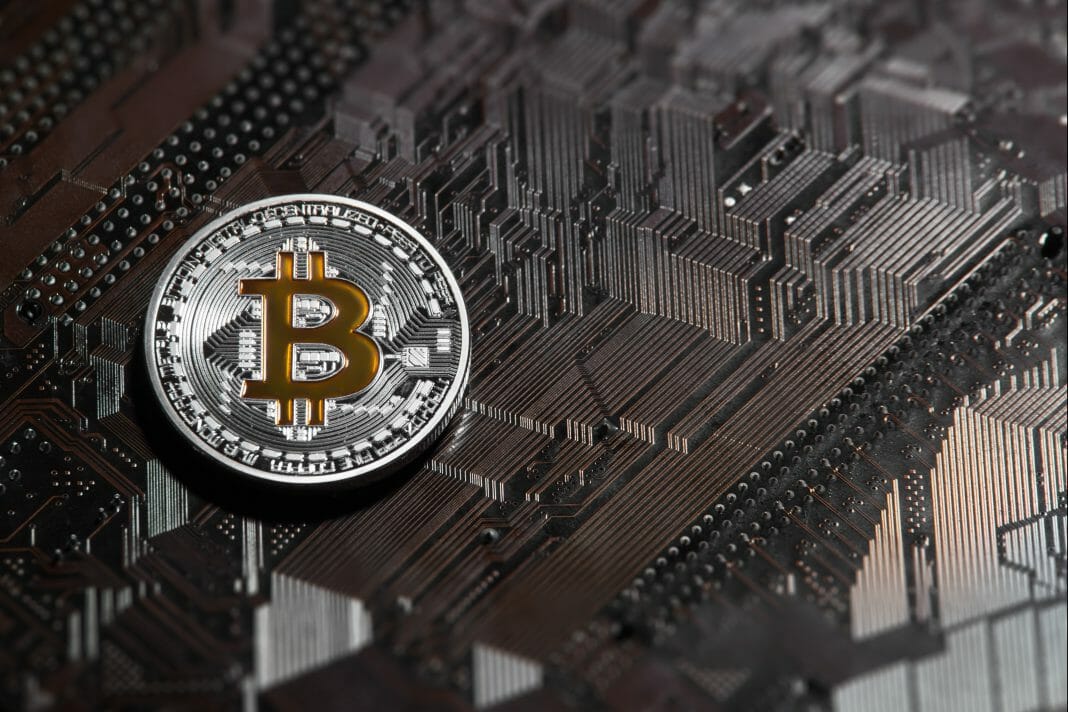Two geothermal plants are the focus of attention within the bitcoin community. Geothermal energy currently produces about 204 MW of electricity, marking 22% of the total source.
Nayib Bukele’s proposal of bitcoin (BTC) as legal tender came first, but now a second government plan related to cryptocurrency comes up with new controversy. The president, to attract new investments from bitcoin companies, ordered the use of local geothermal energy to boost Bitcoin mining.
The president instructed state geothermal energy company LaGeo to build a new plan to create facilities dedicated to Bitcoin mining. The actual plan intends to take advantage of the internal heat of the Earth, or of the volcanoes as Bukele referred, to supply electricity to potential mining farms.
Geothermal energy is a type of renewable energy, 100% clean and without polluting emissions used in at least 24 countries to bring clean electrical energy, among them: the United States of America, the Philippines, El Salvador, Iceland, Mexico, Italy, and Costa Rica.
According to engineer Carlos Martínez Cruz, professor at Electrical engineering school at the University of El Salvador, heat energy appears to be a more stable energy source than solar, wind, or hydroelectric. The academic explained that the nation does not have mighty rivers, but four hydroelectric dams supply 30% of local needs.
Geothermal Energy Supplies Cover 22% of the National Requirements
About geothermal energy, it supplies 22% of national requirements with 204 MW of installed capacity. According to Martínez, the source, which comes from inside the planet, meets the needs of approximately 1,500,000 Salvadorans. The burning of sugarcane bagasse (15%), photovoltaic solar plants (10%), and 23% from petroleum derivatives are other vital energy sources.
In geothermal energy, the facility digs a hole in the ground to find steam, water in its gaseous state at high temperatures. Once it happens, this steam goes through pipes to move a turbine connected to an electric generator. Steam gets extracted from the subsoil to generate electrical energy.
Steam, a natural phenomenon in active volcanic systems, serves as a generator of clean energy. In the rocky strata of the subsoil, there are water reservoirs that catch the heat from the magmatic chamber. Once used, the water is reinjected into the subsoil to keep the sustainability of the system.
Plants in El Salvador that Would Serve to Lead a Proper Bitcoin Mining
El Salvador currently has two geothermal power plants: Ahuachapán, located about 103 kilometers west of the capital, San Salvador, and Berlin, 106 kilometers east of the capital. The first of the facilities started its functions in 1975 and currently has an installed capacity of 95 MW, supplying approximately 700,000 Salvadorans.
LaGeo said that the area of the geothermal field in which the producing wells take place is approximately 2.5 square kilometers. The depth of the wells may circle between 600 and 2,750 meters. It currently has 56 wells drilled between producers, re-injectors, monitoring, and others, says LaGeo, about the Ahuachapán plant, on its website.
By: Jenson Nuñez











